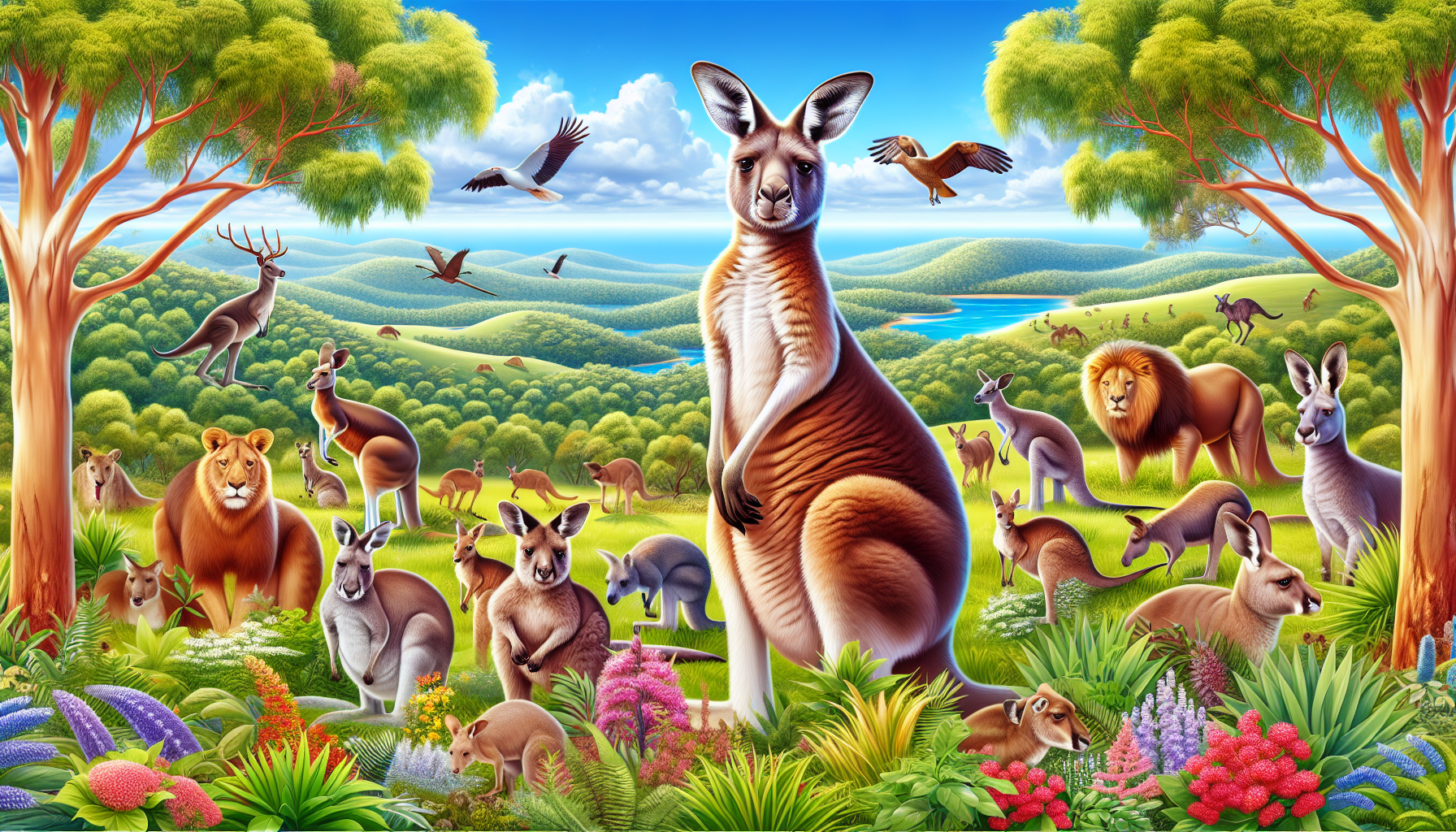Australia has long been recognized as a global leader in wildlife conservation, a status it has earned through a combination of innovative initiatives and a deep-seated commitment to protecting its rich biodiversity. Home to a staggeringly diverse array of species found nowhere else on Earth—such as the iconic kangaroo, koala, and platypus—Australia has a unique responsibility to safeguard these natural treasures for future generations.
One of the cornerstone efforts in Australia's wildlife conservation strategy is the creation and expansion of protected areas. National parks, marine reserves, and nature sanctuaries cover vast portions of the country, providing crucial habitats for countless species. These protected areas are strategically managed to promote ecosystem health, remove invasive species, and mitigate the effects of climate change.
Beyond establishing protected areas, Australia has also embraced a range of legislative measures designed to enhance conservation outcomes. The Environment Protection and Biodiversity Conservation Act 1999 serves as the cornerstone of the nation's environmental legislation, ensuring that endangered species and their habitats are afforded the highest levels of protection. Meanwhile, the Threatened Species Strategy outlines specific targets and actions to improve the management and recovery of threatened species.
Community engagement is another key element of Australia's conservation efforts. Initiatives that involve indigenous communities in conservation activities have proven particularly successful. Indigenous Australians have an unparalleled wealth of traditional ecological knowledge, which has been instrumental in developing land management practices that are both effective and sustainable. These partnerships not only enhance conservation results but also foster reconciliation and respect between indigenous and non-indigenous Australians.
Technological innovation also plays a significant role in Australia's approach to wildlife conservation. Advances in satellite tracking, drones, and data analytics have transformed traditional monitoring techniques, allowing for real-time decision-making and more effective management strategies. Such technology is vital in addressing threats like habitat fragmentation, poaching, and the impacts of climate change.
Education and public awareness campaigns further bolster conservation efforts by promoting a culture of stewardship among the general population. Schools, NGOs, and government bodies work together to educate people about the importance of biodiversity and how they can contribute to its preservation. These initiatives help cultivate an informed and responsible citizenry committed to protecting the environment.
Australia's dedication to wildlife conservation is also evidenced by its active participation in international conservation initiatives. Through collaborations with global organizations, Australia shares its expertise and learns from other nations' experiences, ensuring that its conservation strategies are aligned with global best practices and can serve as a model for others to emulate.
Overall, Australia's approach to wildlife conservation is characterized by a holistic and inclusive perspective that acknowledges the interconnectedness of ecosystems, communities, and economies. By continuing to invest in and evolve these efforts, Australia not only protects its unique natural heritage but also contributes significantly to global biodiversity conservation, inspiring other nations to follow suit.
